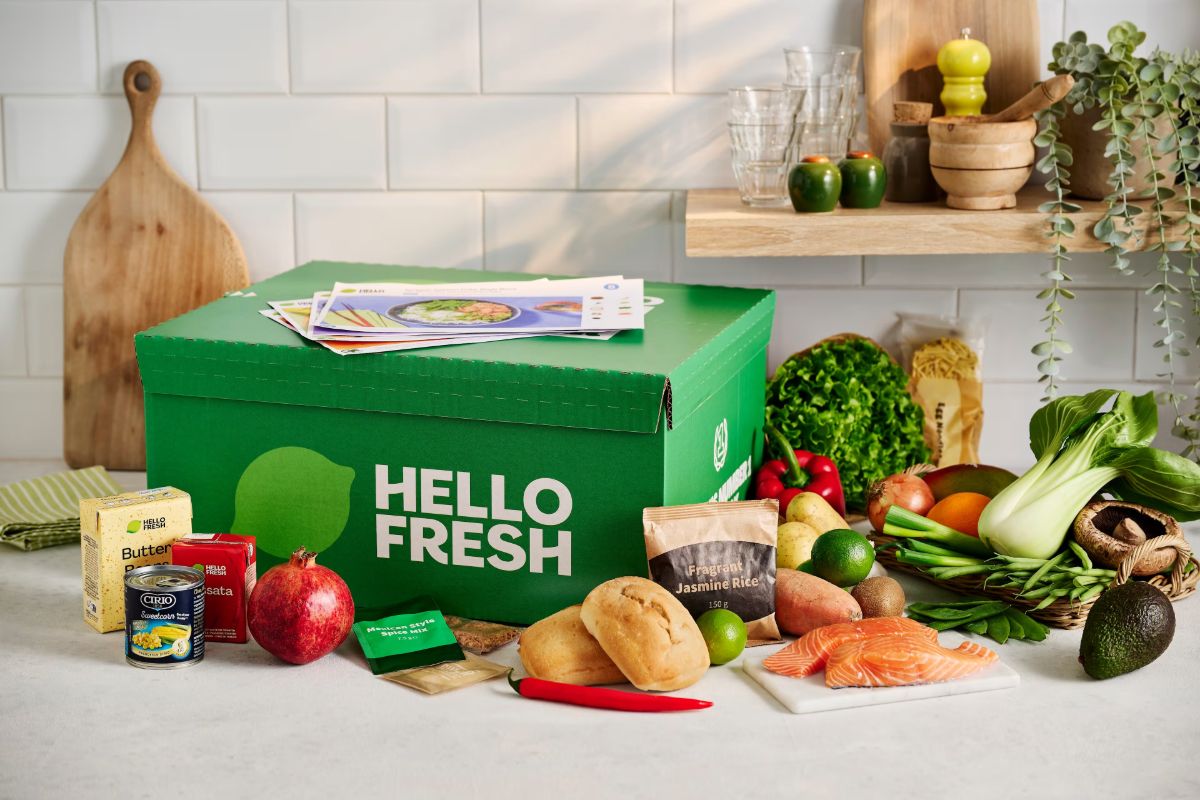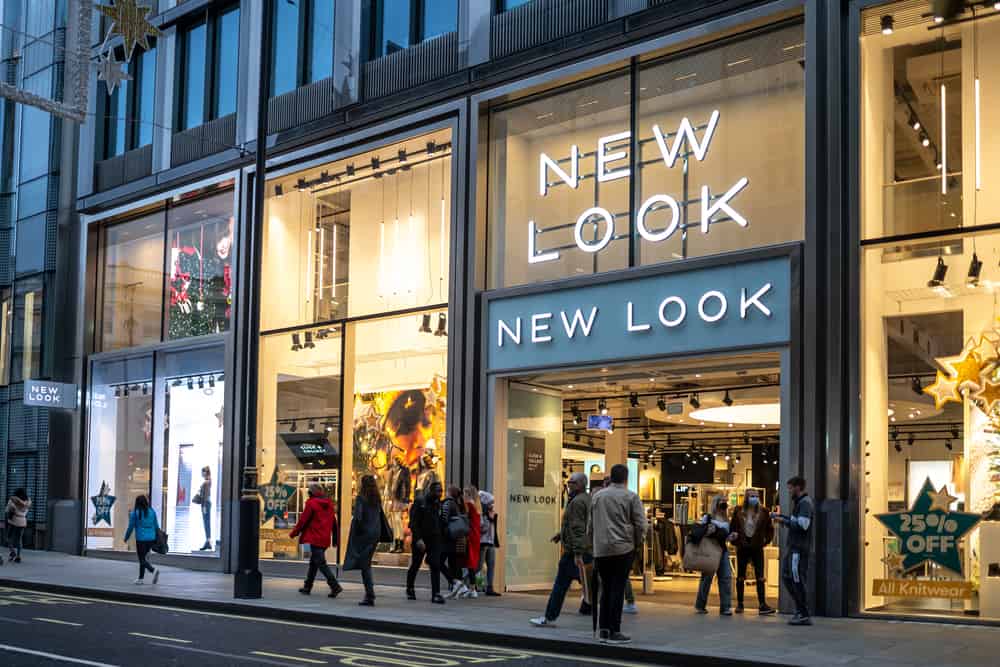Capturing customers’ attention is difficult. All the more reason, argues Jonathan Wright, to work out which Brand Engagement initiatives will work best.
We live in a world that, in terms of the sheer amount of information with which we’re bombarded, is far noisier than even two decades ago. Social media, the smartphone, news feeds, television boxsets of entire seasons suddenly available for binge watching… it’s impossible to keep up, yet we all try and, in so doing, we can all get anxious. This, in turn, means that at some point, any or all of us can become so saturated that we simply decide to cut off, to unsubscribe from all this noise.
For retail businesses reliant on the cycles of seasons and product obsolescence, this poses a problem. When consumers are no longer listening, how can retailers cut through? To take a more specific example, if consumers are culling the number of marketing emails they receive, as many did when GDPR legislation was introduced, how can retailers get these consumers to opt in?
The most recent RetailX research suggests (see overleaf) this is a live issue within European retail. To summarise the current state of the market in the broadest strokes, there appears to be a strong recognition among IREU Top500 retailers that beginning and then sustaining conversations with customers is crucial to success, but far less agreement about the best ways to do this.
In part, this can probably be explained by local differences across markets, but that’s by no means the whole story. Rather, when it comes to Brand Engagement, which, for the purposes of RetailX research entailed focusing on how retailers communicate with customers, uncertainty over best practice reflects changes in the way consumers choose to access information – data.
To take the most obvious answer here, how should retailers engage with consumers via social media? You could describe this as the Facebook problem. Facebook, it’s safe to say, is more used than loved, in that it’s a way to manage our circles of friends. Except it’s also a place where urgent conversations between close friends take place. It’s increasingly a marketplace too. Conversely, there’s evidence Facebook is becoming a kind of latter-day AOL of social media, the place where an older demographic gathers, and the young have a presence just so they can check up on their elders while making sure their elders aren’t checking up on them too closely.
Where is the sweet spot for retailers here as they seek to engage with customers via the platform? Should retailers, for example, enable Facebook commerce, or will this take customers away from the retailers’ own online presence? The answer, of course, will depend on such factors as customer demographics, the sector in which the retailer operates and territory. More than this, it will depend on each retailer’s understanding of itself and how it interacts with its customers.
Here, one retailer that has consistently taken a different tack from its contemporaries is IKEA, which makes a virtue of sometimes introducing ‘friction’ into its processes and its shopping experience. If this seems counterintuitive, it all helps to make the retailer stand out, so that its other Brand Engagement initiatives – showing off a 350sq ft home so that customers can see how to make efficient use of space – cut through the noise, and help it to begin and then sustain those all-important conversations.




